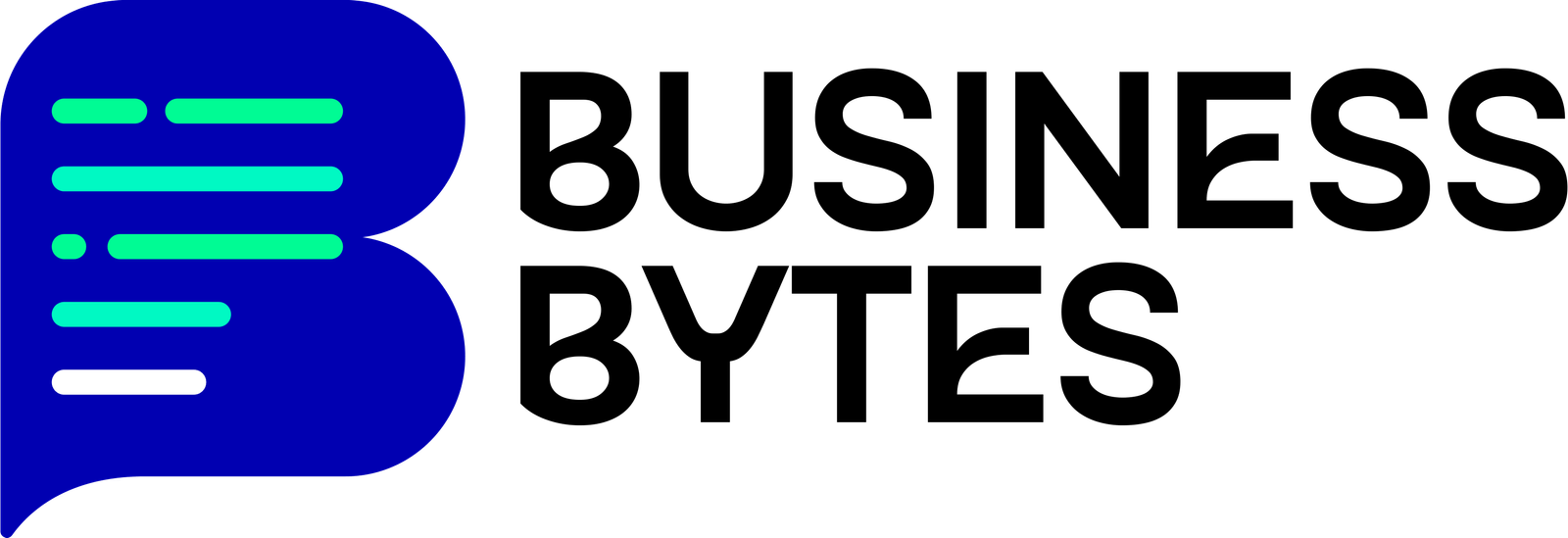For decades, many households across Pakistan operated on one unspoken rule: If the water looks clean, it probably is. A quick boil here, a filter jug there, and that was enough peace of mind for most.
But that’s changing.
From Karachi to Lahore to Faisalabad, more families are asking tougher questions: Where is this water coming from? Has it been tested? What’s actually in it?
And the reason is simple — people are getting sick.
In the last few years, reports of waterborne illnesses have become increasingly common. Diarrhea, kidney infections, and skin conditions are often traced back to contaminated water — even in homes that rely on popular filtration plants or municipal supply. A recent study by the Pakistan Council of Research in Water Resources (PCRWR) found that over 70% of water samples in urban Pakistan failed basic safety standards. The contamination wasn’t just from bacteria — it included high levels of sodium, nitrates, and heavy metals like lead and arsenic.
The result? A quiet shift in consumer behavior — especially in urban, middle-income households — toward more informed, cautious decisions about water.
Boiling Isn’t Enough Anymore
Traditionally, boiling water was the most common form of purification in Pakistani homes. It worked well enough — killing off many common pathogens. But people are realizing that boiling doesn’t address chemical pollutants, heavy metals, or excess sodium — all of which are now frequently detected in both tap and underground water sources.
That’s where RO (reverse osmosis) systems and bottled water became the next best solution. But even that has limitations. RO systems installed at home are often expensive and require regular maintenance. And neighborhood RO plants — the kind you see sandwiched between shops — are largely unregulated, with inconsistent hygiene practices and filters that haven’t been changed in months.
From Blind Trust to Informed Choices
This rising awareness has pushed many families to explore alternatives that offer a balance between safety and affordability. Some still turn to bottled water brands like Nestlé Pure Life, Aquafina, or Culligan, which have built reputations for their consistent quality. Others have shifted to more localized options like Pakola Water, especially in areas where big brands aren’t easily available or cost too much.
And then there’s a new group of users — particularly young professionals and middle-income families — looking for solutions that are affordable, sustainable, and transparent.
That’s where brands like Waterverse are starting to enter the conversation.
What Are Water Brands Doing Differently?
As the demand for clean and trustworthy drinking water grows, several brands across Pakistan have begun to adapt — each in their own way — to meet the needs of increasingly health-conscious and quality-aware consumers.
Established names like Nestlé Pure Life and Aquafina continue to lead the space with their large-scale operations, rigorous purification protocols, and widespread distribution networks. Their consistency has earned them consumer trust, especially among urban households that prioritize safety and reliability. Nestlé, in particular, has also supported clean water initiatives in schools and rural communities as part of its corporate social responsibility programs.
Culligan, with its industrial-grade water treatment systems, has become a go-to name for hospitals, offices, and institutional clients — places where filtration quality is non-negotiable.
Pakola Water and Waterverse, though different in scale and history, are both emerging as key players in addressing the clean water needs of Pakistan’s middle-income households. Pakola, once overshadowed by international competitors, has gradually earned consumer trust through improved filtration standards and pricing that makes safe water more accessible across urban neighborhoods. Waterverse, a rising local brand, is catering to the same segment with a slightly different approach — offering a 10-step purification process that includes ozonation and re-mineralization, paired with refillable, food-grade bottles and a focus on sustainability and convenience through local delivery. Together, these brands represent a growing shift toward practical, health-conscious water solutions — especially for families stuck between costly bottled water and unsafe corner RO plants.
Collectively, these brands — whether large multinationals or local disruptors — are shaping a new landscape where clean water is no longer treated as a luxury, but as a daily essential. They’re not solving the national water crisis, but they are offering millions of households better choices in a space where there were few before.
A Cultural Shift in the Making?
What we’re seeing across cities isn’t just a new brand emerging — it’s a broader shift in how people think about water. Parents are now asking schools about their water sources. Offices are reviewing their dispenser suppliers. Hospitals are opting for commercial-grade systems like Culligan instead of relying on tankers.
It’s a slow cultural change, but it’s happening. Clean water is no longer just a background issue — it’s becoming a health decision, a budgeting factor, and a quality-of-life concern.
And in that shift, brands like Nestlé, Pakola, and Waterverse all play a role — not as perfect solutions, but as options in a space that desperately needs more of them.

